Rare Rides Icons: The Lincoln Mark Series Cars, Feeling Continental (Part XXXVI)

When Lincoln’s new Continental Mark VII arrived for the 1984 model year, the sleek new coupe offered immediate relief from the tired (and lousy) Panther platform Mark VI that languished at dealers between 1980 and 1983. The move to the Fox platform with the likes of the Thunderbird and Cougar was accompanied by a big step forward in drivability, technology, and general modernization for the Mark. Finally!
Though the Mark VII was downsized in every way over the already downsized Mark VI, its new shape carried off the contemporary luxury look much better than its predecessor. The 114.4- and 117.4-inch wheelbases of the Mark VI coupe and four-door, respectively, were replaced by a 108.5-inch wheelbase in the new Mark VII. Ford felt favorable about the use of different wheelbases for Fox-based cars: The Mustang used a 100.5-inch wheelbase, which was stretched to an intermediate 104.2 inches on the new-for-’83 Thunderbird and Cougar. The Mark VII with its halo position obviously needed to be larger in all directions and measurements than other two-door Fox vehicles.
Two-door Mark VIs stretched an impressive 216 inches of overall length in their time, but the Mark VII shrunk that figure to 202.8 inches. Its 200-plus inch length was five inches longer than the Thunderbird and Cougar, which measured 197.6 inches. Likewise, the new Mark VII certainly wasn’t coming with width as it used to at just 70.9 inches. The new model was easier to fit into parking spaces than the Mark VI, which took up 78.1 inches of horizon. Surprisingly the Thunderbird and Cougar were a bit wider than their Mark brother, at 71.1 inches.
Recall the Mark VI was taller than its predecessor (55.1”), as the boxy Panther-mandated roof shape mimicked the Continental/Town Car in profile. Lincoln’s designers corrected this error on the Mark VII, which lowered itself to 54.2 inches. Thunderbird and Cougar differed in ride height for their Eighties run: Early Thunderbirds were 53.2 inches high, while the Cougar stood at 53.4 inches.
The platform switch and shrinkage meant a reduction in weight, too. While two-door Mark VIs were around 3,900 to 4,000 pounds, its successor weighed in at just 3,748 pounds. That was still fairly heavy compared to its lesser Bird and Cat siblings, as due to lesser engines and equipment weighed between 3,050 and 3,500 pounds.
Aside from its looks and dimensional differences, Lincoln’s engineering team took several steps to ensure the Mark VII was a different, special luxury proposition. Exclusive to the Mark VII was a new air suspension system, fitted as standard. Officially called Electronically-Controlled Air Suspension or EAS, the technology was developed in-house at Ford.
The system promised to avoid all pitfalls of a traditional steel spring suspension via a heavy layering of technology. Computers worked in tandem with leveling air springs, pumped up by an electrically-powered air compressor. The system had a regenerative air dryer, and the air springs at all corners used integral solenoids. They were monitored by Hall Effect height sensors, and the whole system had a central control module with a single microchip.
As owners floated along on their air suspension at high speed, they came to a stop via optional four-channel anti-lock brakes. Available on the LSC for 1985, the miraculous system was the first domestic vehicle to implement such stopping power. For reference, the Corvette arrived with ABS six months later.
Lighting was a hot topic in those days, as it should be today: The United States maintains archaic automobile lighting regulations. Ford themselves sent a petition to the NHTSA to change the rules and allow replaceable bulb headlamps in place of the sealed beam units required on American cars for decades. The petition passed into law in the summer of 1983, which was in time for the inclusion of composite headlamps on the Mark VII.
Key to its visage, the Mark’s integrated lamps were the first time a Mark went without headlamp doors since the Mark V of 1960. For visualization purposes, that was the whale-like unibody Mark with canted quad headlights, available as a coupe, convertible, and sedan. As a further first-of distinction, the Mark VII was the first American car offered since 1939 to have composite lamps. Other manufacturers (particularly European) immediately installed the composite lamps they already offered in the rest of the world into their US market vehicles.
Speaking of European, the Mark VII used one domestic power plant at launch and for the first time ever, a foreign one. Most buyers opted for the 302 cubic inch (4.9L, or 5.0 in Ford rounding) Windsor V8, which was available on many Ford vehicles in that era and shared with the Mustang, Thunderbird, and Cougar. Power was not impressive, at just 140 choked horses fed via CFI (Central Fuel Injection), which you’d call throttle body. 250 lb-ft of torque was available with the V8 in 1984.
Lesser chosen for Mark VII motivation was the fuel economy-minded motorist’s choice, a diesel. Not just any diesel, but one from BMW. The M21 2.4-liter mill, a German-made inline-six engine with a turbocharger. It was the first inline-six Mark and the first diesel-powered Lincoln. The engine debuted at the same time in the Continental sedan of 1984. Even with a turbo, the engine produced just 115 horsepower and 155 lb-ft of torque. It was not offered in any Ford or Mercury branded product.
Transmissions on offer in the Mark were two, determined by engine choice. V8 buyers received the expected four-speed AOD transmission, while diesel customers were saddled with a four-speed ZF automatic. With its diesel foray, Lincoln attempted to woo European car buyers to its dealers. Ford had noticed how European manufacturers offered those mills in luxury cars with some success. However, American customers (as always) were not interested in a diesel unless it was in a pickup truck.
What did draw consumers into dealers was the new, more modern looks of the Mark VII. As Lincoln shrugged off a couple of decades of baroque styling history in one fell swoop, it courted a different and additional sort of customer: The well-heeled European car intender. Styling is up next.
[Images: seller]
Become a TTAC insider. Get the latest news, features, TTAC takes, and everything else that gets to the truth about cars first by subscribing to our newsletter.

Interested in lots of cars and their various historical contexts. Started writing articles for TTAC in late 2016, when my first posts were QOTDs. From there I started a few new series like Rare Rides, Buy/Drive/Burn, Abandoned History, and most recently Rare Rides Icons. Operating from a home base in Cincinnati, Ohio, a relative auto journalist dead zone. Many of my articles are prompted by something I'll see on social media that sparks my interest and causes me to research. Finding articles and information from the early days of the internet and beyond that covers the little details lost to time: trim packages, color and wheel choices, interior fabrics. Beyond those, I'm fascinated by automotive industry experiments, both failures and successes. Lately I've taken an interest in AI, and generating "what if" type images for car models long dead. Reincarnating a modern Toyota Paseo, Lincoln Mark IX, or Isuzu Trooper through a text prompt is fun. Fun to post them on Twitter too, and watch people overreact. To that end, the social media I use most is Twitter, @CoreyLewis86. I also contribute pieces for Forbes Wheels and Forbes Home.
More by Corey Lewis
Latest Car Reviews
Read moreLatest Product Reviews
Read moreRecent Comments
- Lorenzo If it's over 30 years old and over 80k miles, and not a classic, it's a parts car, worth no more than 20% of original price.
- Dusterdude No mileage noted on a 33 year old car means likely well north of 300k + miles , along with issues noted , should equate to an ask price of less than $3k
- Ajla IMO, something like this really should be naturally-aspirated.
- Kjhkjlhkjhkljh kljhjkhjklhkjh Unless they are solid state batteries you BAN THEM. I like EVs... but EVs like to burn ... for days
- Kjhkjlhkjhkljh kljhjkhjklhkjh uh .. it looks like a VW golf got the mumps



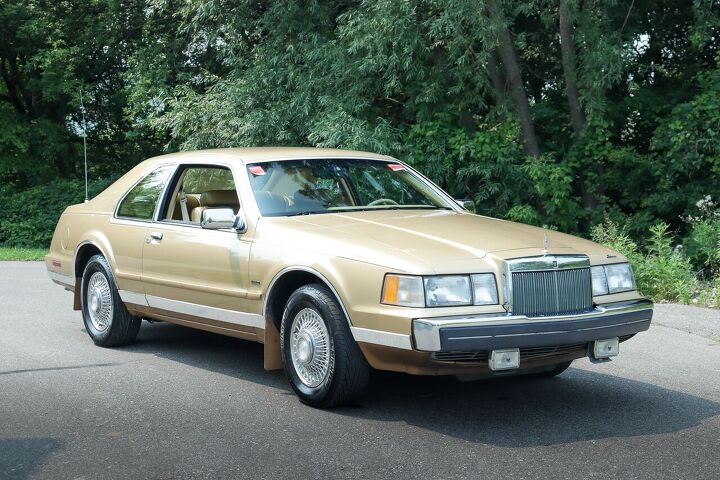






















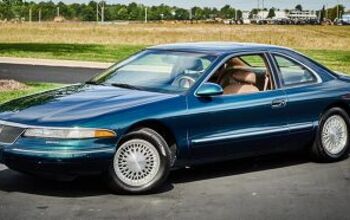
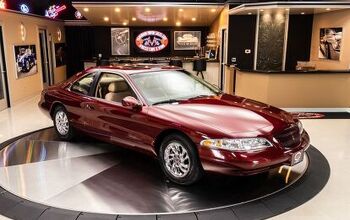
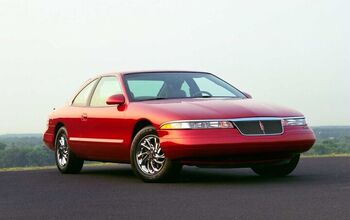
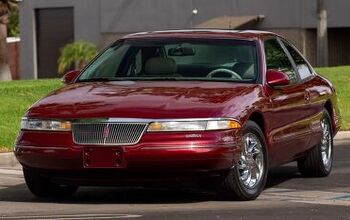
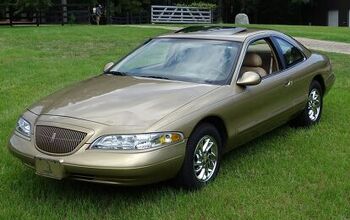










Comments
Join the conversation
The LSC version was an excellent car - I loved mine!
I owned the Thunderbird version of this platform ('92, V8, auto) and it ranks as the second nicest car I've ever had.